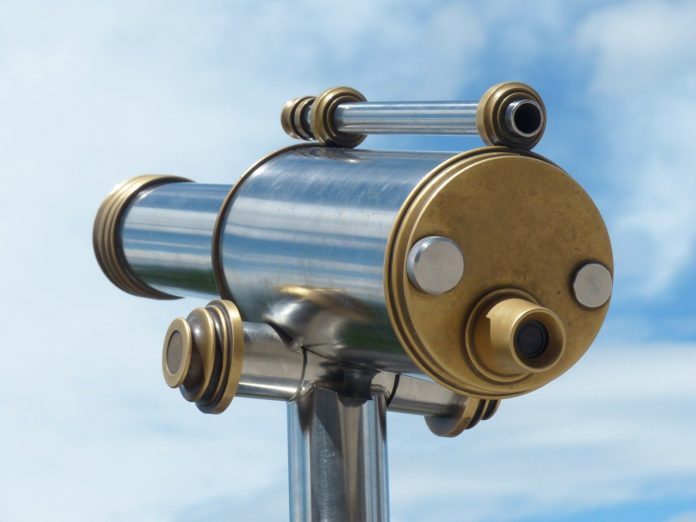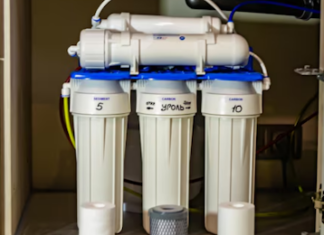Humans have always been fascinated by seeing things up close. There is always that suspense in exploring the unexplored that necessitates invention. But this suspense also carries a bit of caution. That’s why humanity studied optics.
From binoculars to telescopes, the scope of how much one can zoom in and see has expanded over the years. Even in Australia, the optics market is so big that it amounts to a revenue of $1.25 billion! This is only expected, as Australia is home to beautiful astronomical phenomena like the aurora australis and supermoons!
Not only this, the dry, arid deserts and warm, tropical areas in Australia make it the number one spot for recreational hunting. Recreational hunting is such a big hobby for many Aussies that reports state around 640,000 people!
Be it hunting, astronomical watching or wildlife observation, all these need the right tools and optics to view nature at its best. Several specialised focal lenses and devices are designed for such purposes.
What are optical devices?
Optical devices, better known in light physics as optical instruments, are devices that help in processing light waves to magnify or enhance an image for viewing. It is commonly used when one wants to analyse an object’s internal properties. Telescopes, periscopes, and binoculars are all-optical instruments because they use lenses of a different curvature to better look at things.
Recreational activities like hunting and bird watching beget such devices to make the experience better. However, it is not quite common for every Aussie to have a telescope or periscope in their possession. These are high-end mechanisms that use expensive lenses to get the maximum magnification human technology can acquire.
The closest optical instrument that one can utilise for hunting or shooting in Australia is a pair of binoculars. These actually come in a variety of types and are affordable. They make an essential part of a hunting or shooting kit since these recreational activities are high-octane and precision-based.
Types
These optical devices majorly differ from one another based on the type of lens employed inside. There are four types of field glasses:
- Roof Prism: These are the most commonly utilised devices. They are lightweight, compact and easy to hold. They are called roof prisms because the lens used in this model is straight in line with the eyepiece. They have a very intricate optical construction inside and hence cost a little more than their counterparts.
- Porro Prism: Porro prisms are the earliest type of binoculars to exist. They are straightforward in optic design and have lens tubes offset from the eyepiece instead of isolated lenses. This helps provide brighter images with better contrast.
- Night Vision: These are state-of-the-art devices that improve human’s natural night vision capacity. Night vision devices use image enhancement technologies. While the former amplifies the magnitude of already-existing light, the latter absorbs the heat given off by living objects and converts that into light. This is why these night vision binoculars are commonly used in hunting or wildlife observation at night.
Marine: Marine optics are not to be misunderstood with devices that are used underwater. These are optical instruments that are used while fishing or boating, usually by marines. These devices use visual image stabilisation techniques to provide the user with a steady image of a far-off prey. These binoculars are packed with a lot of electrical circuits as they have the highest magnification. But some are both waterproof and weatherproof today.









